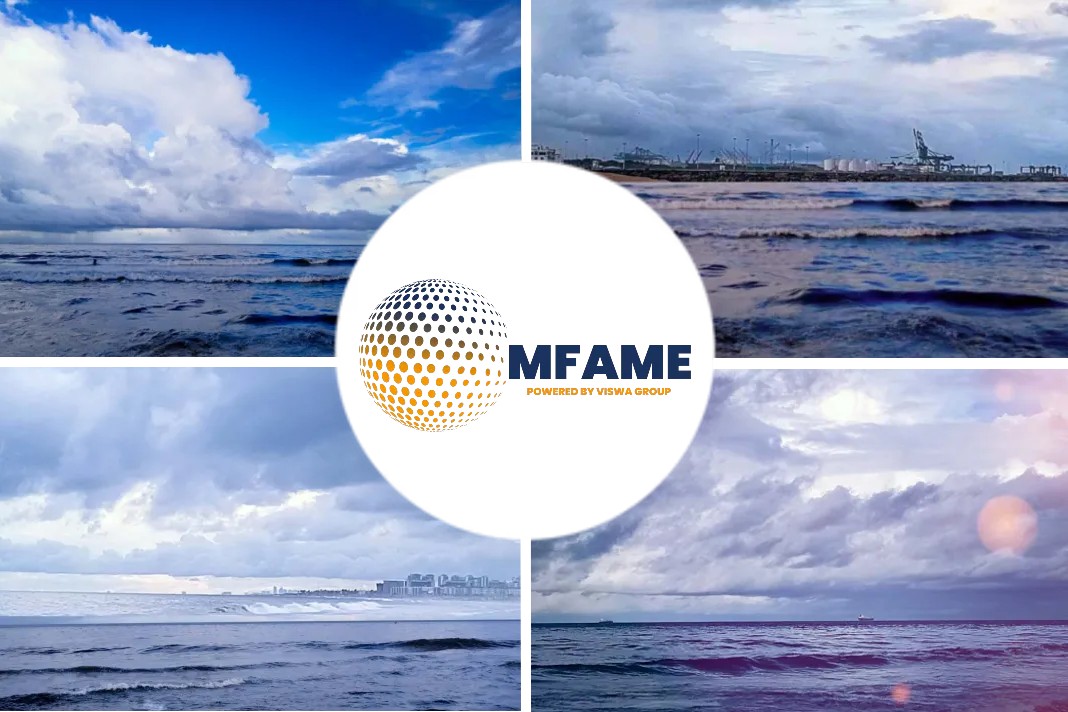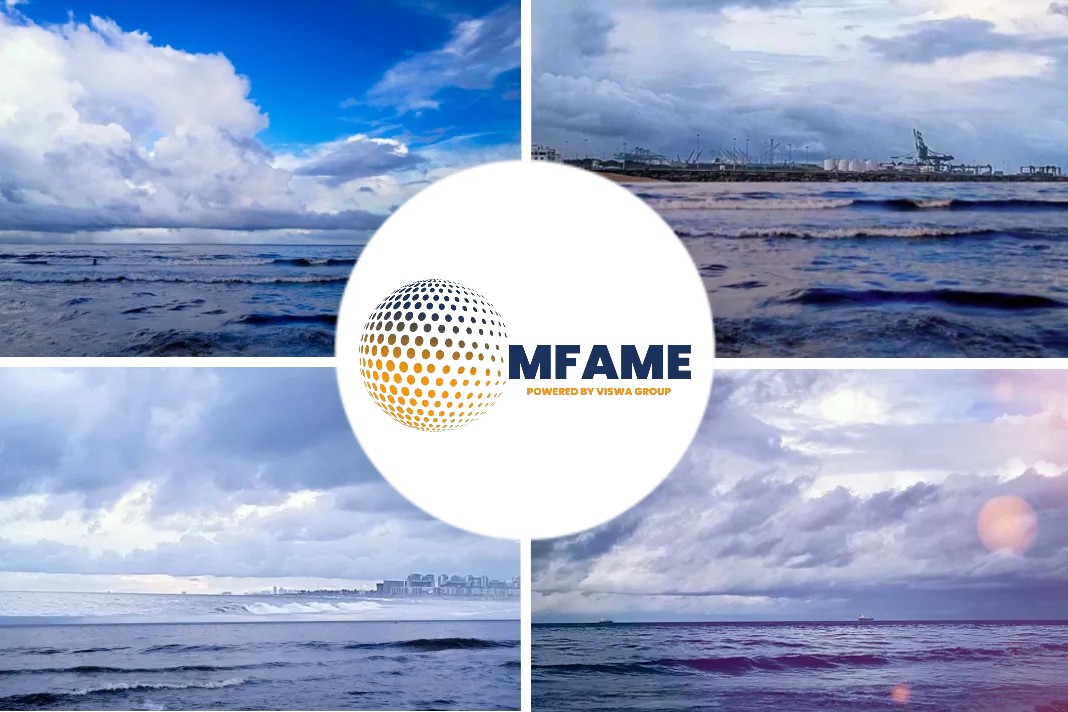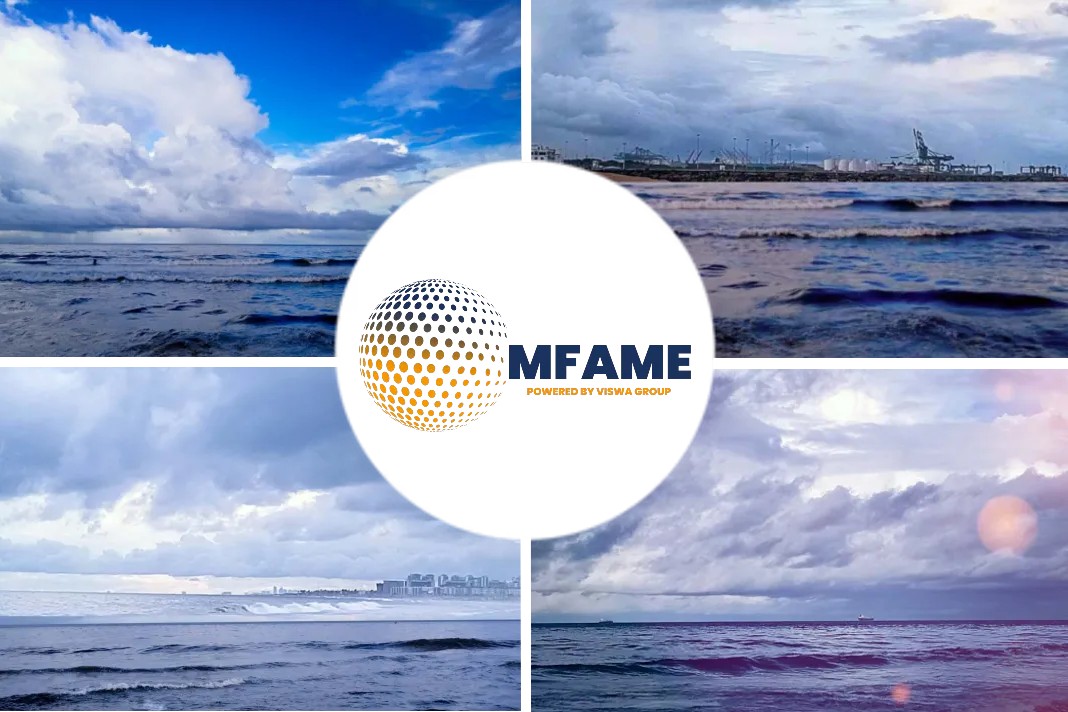- The passenger ship industry is facing a surge in newbuilds after suffering a setback in recent years.
- It is further strengthened and cushioned against the effects of the 2020 low sulphur cap due to smaller engines.
- In order to survive further, the industry has to embrace newer technology and switch to an alternate source of power such as LNG and hydrogen.
According to an article published in Passengership.com, the fast ferry industry has enjoyed a strong comeback – and experts believe that they will now see a sustained period of growth for the passenger ship sector.
Surge in newbuilds
After an active start in the 1990s, fast ferry newbuild construction slowed right down and the industry suffered setbacks including Stena Line’s fast ferry service between Holyhead and Ireland closing at the start of 2015, due to escalating fuel costs.
But recently the fast ferry industry has enjoyed a surge in new buildings – and this time all the signs point to it breaking the boom and bust cycle.
Low sulphur cap
One of the most important elements that strengthen this sector is that it is cushioned against the effects of the 2020 low sulphur cap – and is actually in a better position than the conventional ferry market. It does not have to worry about finding the increased capex to fit scrubbers or face a huge surge in costs by changing to low sulphur fuel, as fast ferries already run on low sulphur fuel. Using heavy fuel oil requires much bigger engines which are not used on fast ferries, which strive to save weight.
When fuel costs go up for conventional ferries for low sulphur fuel post-2020, fast ferries will be in a much more competitive position.
Embrace technology
To survive and grow in the current environment, the passenger ship sector needs to embrace technology that allows it to be as energy efficient and environmentally friendly as possible. Fast ferries have had a slower start in using new technology and alternative fuel due to the higher weight of these solutions compared to conventional solutions. But this has changed – LNG gas tanks have become lighter and technology improvements mean they will continue to reduce in weight.
Advent of LNG
LNG is gaining momentum within the fast ferry sector, which is also opening up to other forms of alternative power. There are several projects underway, some using hydrogen and Rogaland County Municipality and NCE Maritime CleanTech’s contract to develop an electric high-speed ferry. This will increase alternative fuel use in the fast ferry market as the projects will introduce the technology needed and crucially, develop new manufacturing methods that will contribute to lower production costs.
Wider reach for ferries
Furthermore, I believe that hydrogen has strong potential for the high-speed market as its energy density is so high. Finally, fast ferry operations used to be Euro-centric. But a glance at the current order book shows its reach has widened, including newbuilds for countries including China, Singapore, Russia, and the UAE.
The fact that the fast ferry industry is cushioned against the most negative effects of the 2020 low sulphur cap, can now embrace the latest new technology and is widening its geographical reach, puts it in a very strong position to stay in boom times.
Did you subscribe to our daily newsletter?
It’s Free! Click here to Subscribe!
Source: Passenger Ship















